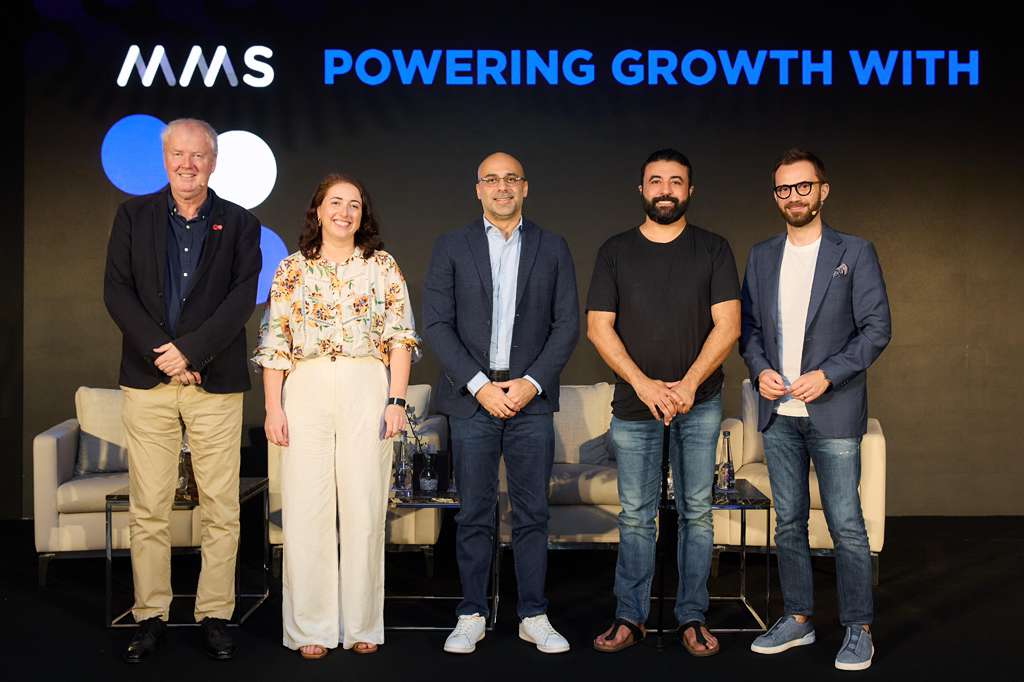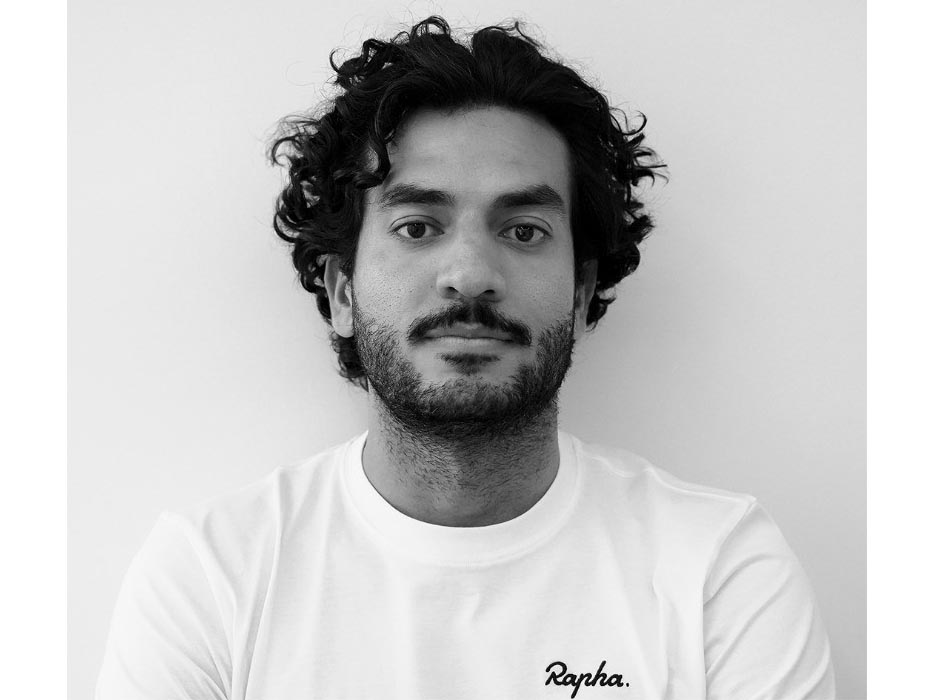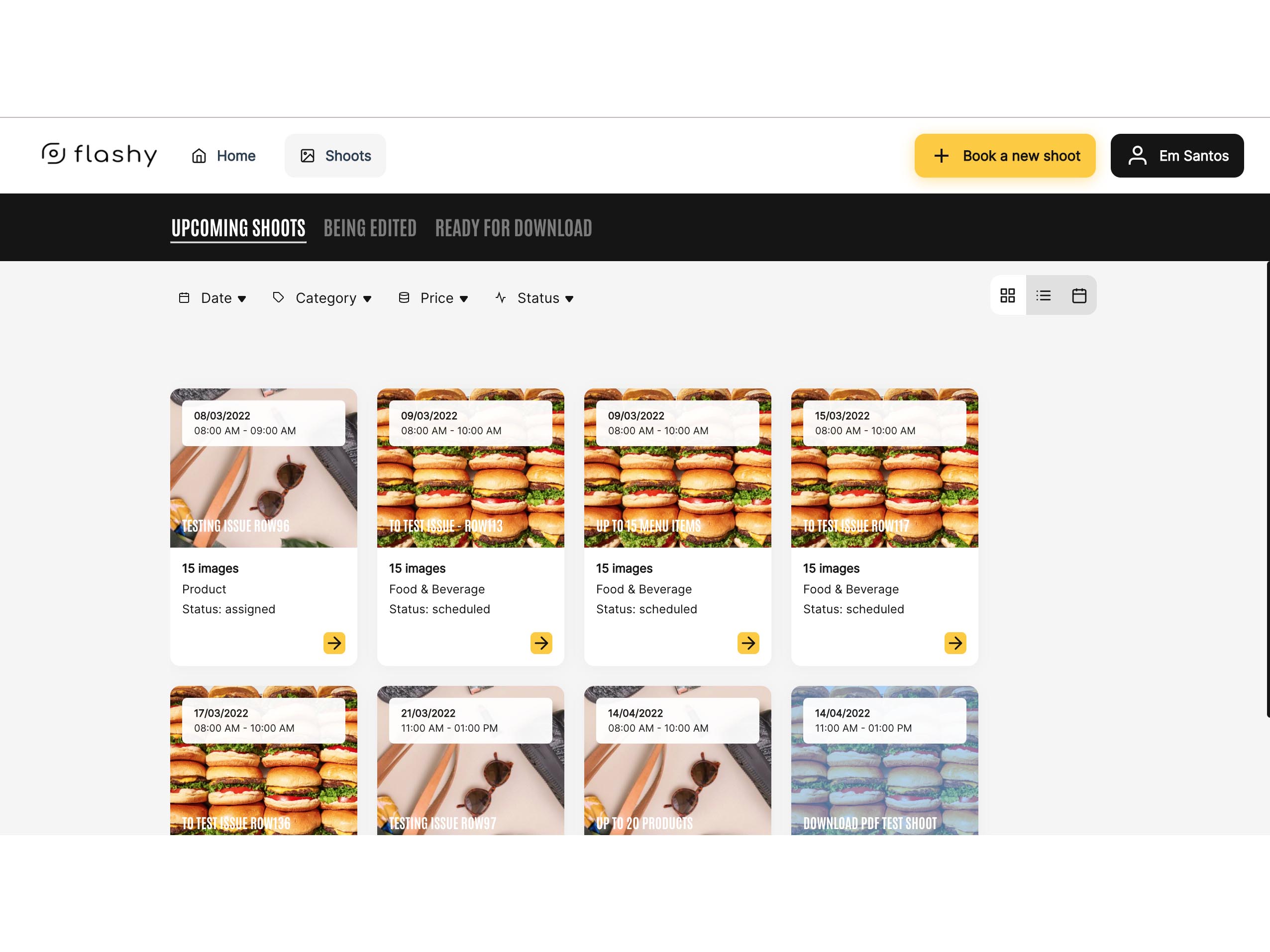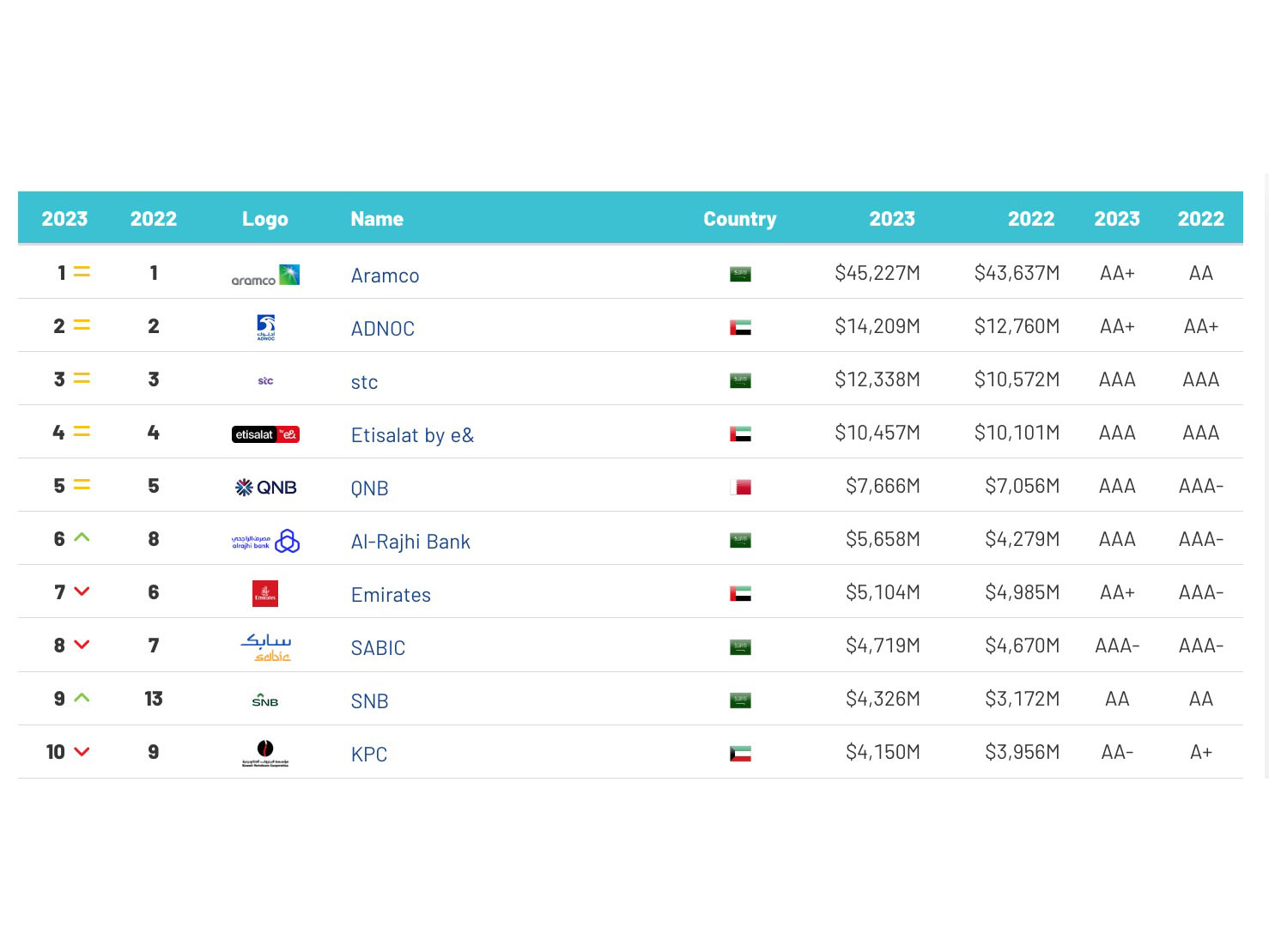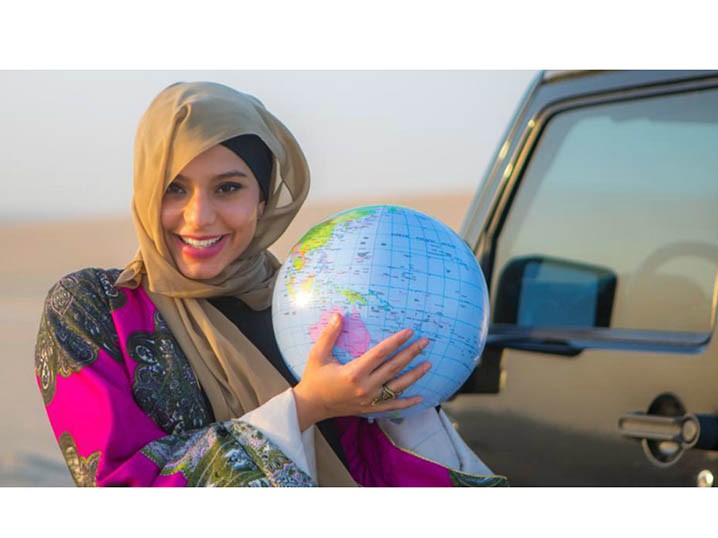Industry Talk
Why advertising agencies still misunderstand Saudi audiences
by Moey Shawash
February 25, 2025
.jpg) Advertisement
AdvertisementRecent studies have shown that Saudi Arabia’s digital advertising market is projected to grow by 13% annually, driven by its tech-savvy population and increasing mobile usage (Statista, 2024). However, without nuanced approaches, this growth may not translate into effective consumer engagement.
The Misstep: Blanket Targeting
Blanket targeting assumes that Saudi consumers are a monolith—a singular group that can be approached with one-size-fits-all messaging. This assumption disregards the varying lifestyles, income levels, preferences, and emotional needs within the country.
As seen in generic campaigns, many agencies focus on stereotypes or broad cultural tropes rather than diving deep into the data that paints a richer picture of who Saudis truly are.
Take, for example, how some campaigns promote luxury experiences to an entire population without acknowledging the significant segments of middle-income families or younger travelers who seek affordable yet meaningful experiences. According to a report by the Saudi Tourism Authority, nearly 60% of domestic travelers fall into the middle-income bracket, prioritizing value over extravagance (STA, 2023). These oversights are not only wasteful but alienate large portions of the target audience.
The Reality: Insights from Segmentation Data
The real Saudi audience is far from homogeneous, as evide nced by detailed segmentation data. Below are examples from specific audience personas and their preferences:
Lively Entertainment Vacationers
- Demographics: Aged 26-35, low-to-medium income, focused on quality family time.
- Preferences: They value active family experiences such as theme parks, family-oriented activities, and outings to restaurants.
- Decision Drivers: Rely heavily on reviews from friends, relatives, and social media platforms like Instagram and Twitter.
Romantic Breakers
- Demographics: 20s and 30s, average-to-above-average income, seeking romantic and meaningful experiences.
- Preferences: Relaxation by the beach, tailored experiences, and seamless trip planning.
- Decision Drivers: Reviews from close networks and online platforms.
Relaxing Family Vacationers
- Demographics: Families in their 40s, high-income earners prioritizing safety and hassle-free experiences.
- Preferences: Spending time by the beach, visiting authentic Saudi markets, and dining out.
- Decision Drivers: Ease of booking and reliability of accommodations.
Well-Deserved Adventurers
- Demographics: Domestic travelers aged 30+, low-to-medium income, seeking first-time experiences.
- Preferences: Exploring nearby destinations, indulging in simple pleasures, and staying connected via social media.
- Decision Drivers: Budget-conscious choices and recommendations from platforms like Instagram and Snapchat.
What Advertising Agencies Are Missing
The segmentation data highlights key emotional and functional needs that should inform advertising strategies. Yet, many campaigns overlook these insights, leading to missed opportunities.
For instance:
- Ignoring social media habits: With platforms like Instagram, TikTok, and Snapchat playing a critical role in decision-making, campaigns need to be heavily digital, visually engaging, and shareable. Research from GlobalWebIndex (2024) highlights that over 80% of Saudis aged 18-34 use Instagram for travel inspiration.
- Overlooking diversity in spending power: Not all Saudis are luxury consumers. Many segments prioritize value for money while seeking enriching experiences.
- Neglecting specific travel motivations: Themes like family bonding, adventure, or cultural exploration are core drivers that should shape messaging.
For example, a 2023 McKinsey report emphasizes that 45% of Saudi travelers choose destinations based on cultural experiences, yet few campaigns highlight local heritage.
The Way Forward: Tailored, Data-Driven Campaigns
To truly connect with Saudi audiences, advertising agencies must abandon outdated stereotypes and embrace data-driven strategies that speak to segmented personas. Here’s how:
Leverage Social Media Insights: Understand platform-specific behaviours and preferences to create targeted campaigns. For example, TikTok’s short-form videos can highlight family activities, while Instagram stories can focus on romantic getaways. According to Hootsuite’s 2024 Saudi Arabia Social Media Report, TikTok usage grew by 24% in the past year, making it a key platform for engagement.
Focus on Emotional Drivers: Recognize the importance of themes like family bonding, relaxation, and cultural pride in Saudi consumer behaviour. Studies by YouGov (2023) found that 63% of Saudis prefer brands that reflect their cultural identity.
Customise Messaging for Each Segment: Develop tailored campaigns for distinct groups like adventure seekers, family vacationers, or young couples. An example is Visit Saudi’s recent campaign that successfully targeted younger audiences with its #DiscoverMore initiative, emphasizing hidden gems in the kingdom.
Utilise Local Influencers: Collaborate with trusted local figures who can amplify brand messaging in a culturally authentic way. Influencer marketing agency Klear reported in 2024 that influencer engagement rates in Saudi Arabia are among the highest globally, particularly in the travel and lifestyle sectors.
Highlight Accessibility and Convenience: Showcase how brands address key functional needs such as ease of booking, safety, and affordability. Brands like Almosafer have excelled in this area by integrating user-friendly booking platforms with localized content.
Case Studies of Success
While many agencies falter, some campaigns have successfully tapped into the Saudi market by leveraging segmentation insights.
AlUla Moments: This campaign highlighted the cultural and historical significance of AlUla while targeting affluent travelers seeking luxury and authenticity. By using social media influencers and immersive content, it attracted over one million visitors in 2023.
Saudi Seasons: By segmenting events into family-friendly, adventure-driven, and cultural themes, this initiative drew millions of attendees, showcasing how well-segmented campaigns can drive engagement.
NEOM’s Future Vision: Focusing on innovation and sustainability, NEOM’s campaigns have resonated with younger Saudis who prioritize environmental consciousness.
Saudi Arabia is not a market that can be addressed with a blanket approach. Its consumers are nuanced, diverse, and driven by specific needs and aspirations. Advertising agencies must rise to the challenge by embracing segmentation data and crafting campaigns that truly resonate. By doing so, they can unlock the full potential of this dynamic and evolving market. As Saudi Vision 2030 continues to transform the kingdom, the onus is on advertisers to keep pace with these changes and reflect the richness of Saudi culture in their campaigns.


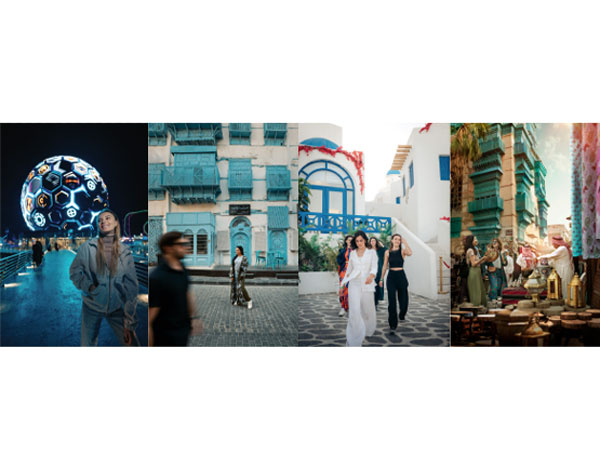
.jpg)
